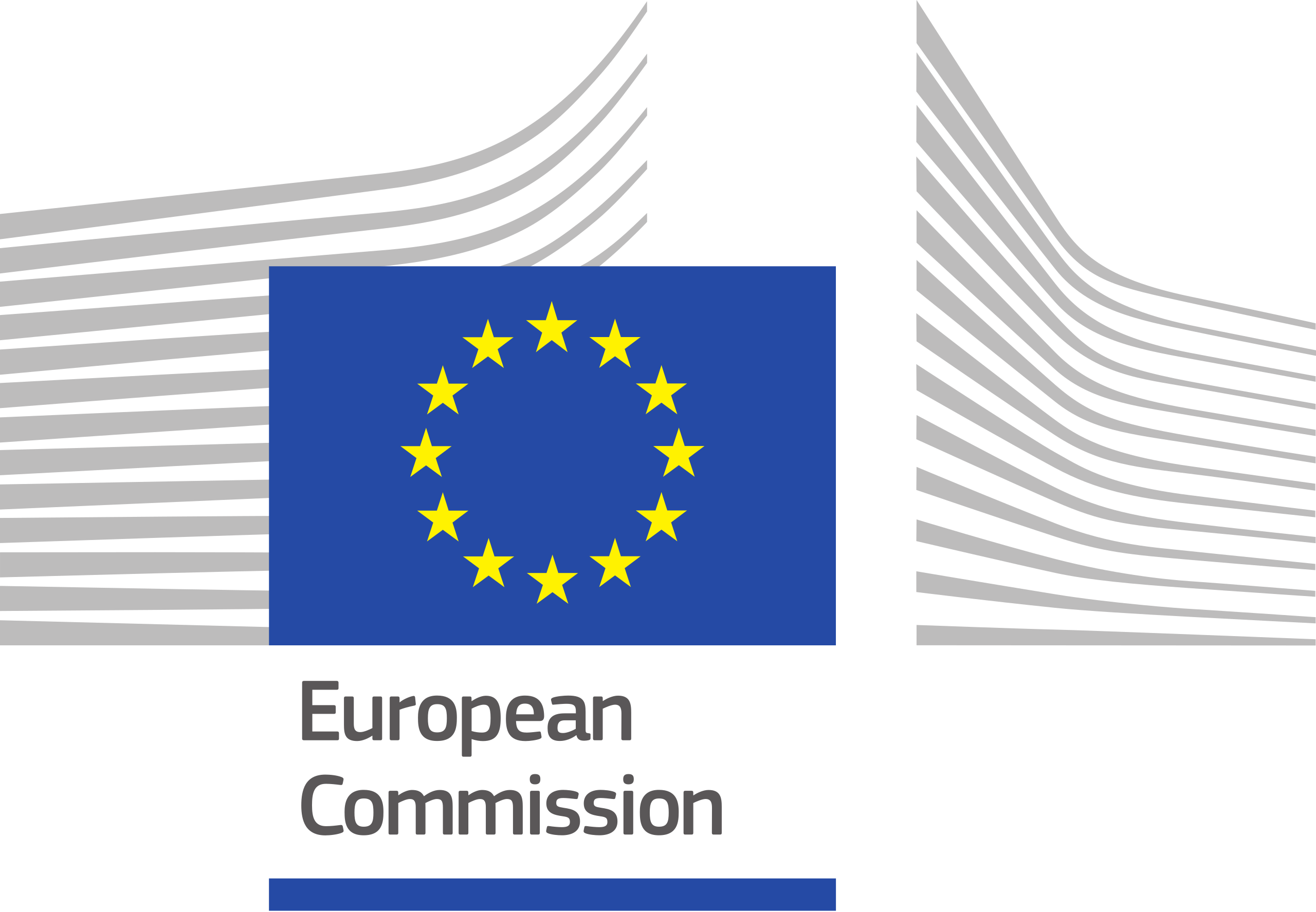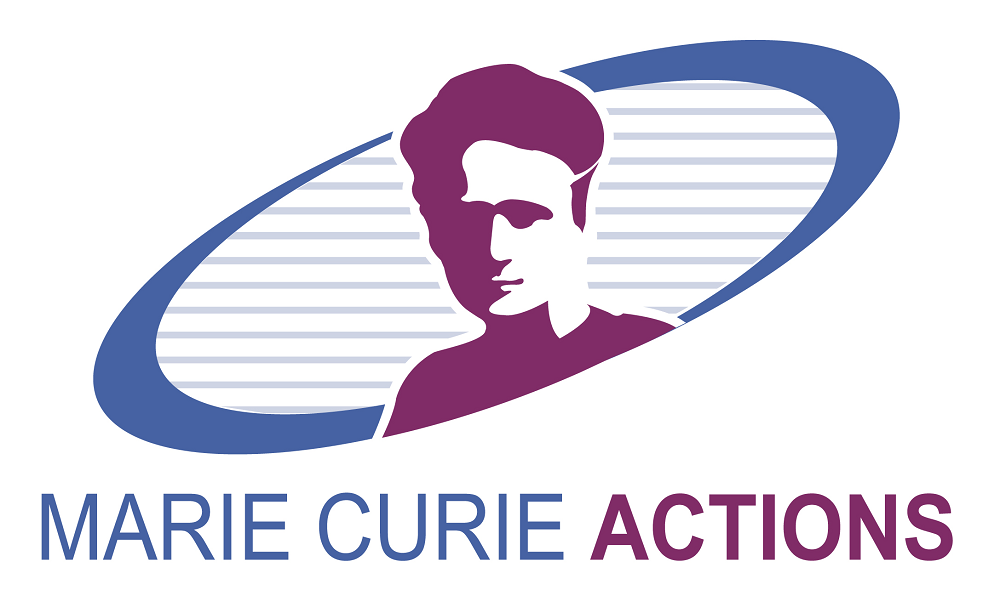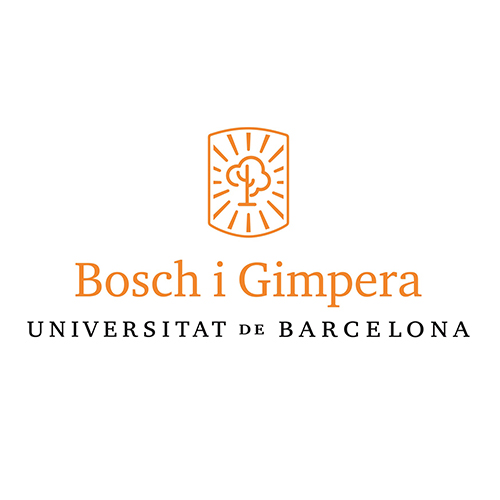Multicaloric refrigeration enhanced by multisite interactions
Bridging theory and experimentImproving the efficiency and reducing the contaminant footprint of current cooling mechanisms is an urgent need to adapt to climate change and respond to high energy demands of the developed world.
A solution to this undertaking is the use of magnetic materials that present large changes in temperature and entropy generated under the application of external stimuli. This effect, called caloric effect, is the basis of an innovative field of research that aspires to create new efficient and environmentally friendly solid state refrigerant technologies.
In recent decades, cooling based on magnetic materials has become an active and promising field of research. However, such a technology is still not commercially attractive, as it requires the use of expensive permanent magnets and many of the magnetic materials considered suffer from mechanical fatigue when subjected to cooling cycles.
This project focuses on a new pathway to drastically reduce costs and improve the useful life of the refrigerant: The use of magnetic materials that simultaneously show caloric effects generated by both magnetic fields and mechanical stresses, that is, multicaloric effects. The goal is to obtain the optimal combination of magnetic and mechanical stimuli to create maximum cooling.
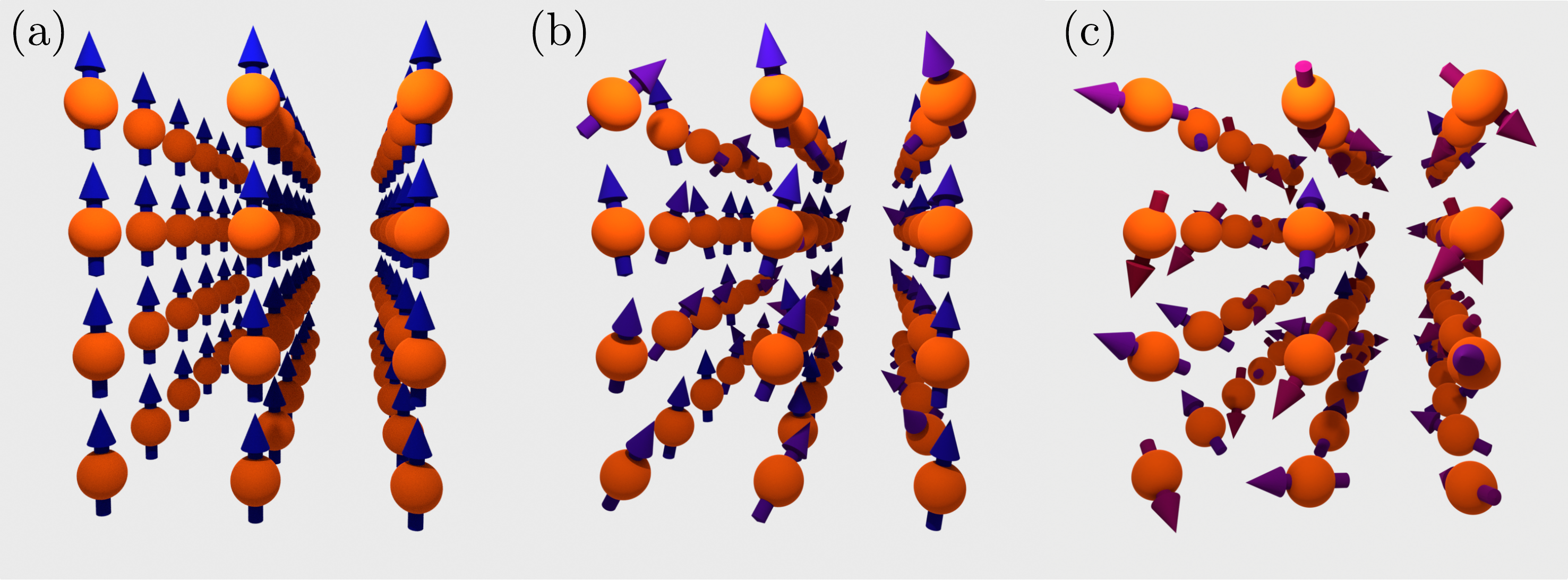
Density functional theory (DFT) is currently one of the main tools for modeling materials from first principles. However, the standard version of DFT usually does not include temperature effects and thus encounters difficulties in describing the thermodynamics of (multi-)caloric effects. In this project we use a disordered local moment (DLM) theory, one of the few existing theoretical frameworks that expands DFT to model magnetic materials at finite temperature from first principles [1,2,3].
The magnetic properties of a solid are dictated by the magnetic interactions between the atoms, which depend on their positions and distances giving rise to strong couplings of magnetism with the crystal structure of the material. For this reason, the vibrations of atoms caused by thermal excitations, i.e. the phonons, may also affect the material’s magnetism and consequent caloric effects. However, the current version of our computational tool does not incorporate this interaction. A main goal of MULTICALORICS project is the development of a new method to calculate the effect of phonons on magnetism and caloric responses.
Research prior to this project has shown a potential coupling of phonons to magnetism in Mn3AN materials, where “A” can be a combination of transition metals and semiconducting elements. Mn3AN is a famous class of magnetic materials thanks to its gigantic caloric effects and possible tuning via chemical doping [4,5]. In the MULTICALORICS project we have the ambition to predict the best multicaloric conditions in these materials for their subsequent experimental analysis in the group of functional materials and phase transitions of the UB.
[1] B. Gyorffy et al., J. Phys. F: Metal Phys. 15, 1337 (1985)
[2] E. Mendive-Tapia and J. Staunton, Phys. Rev. B 99, 144424 (2019)
[3] E. Mendive-Tapia, J. Neugebauer, and T. Hickel, Phys. Rev. B 105, 064425 (2022)
[4] D. Matsunami et al., Nature Materials 14, 73 (2015)
[5] D. Boldrin, E. Mendive-Tapia et al., Phys. Rev. X 8, 041035 (2018)
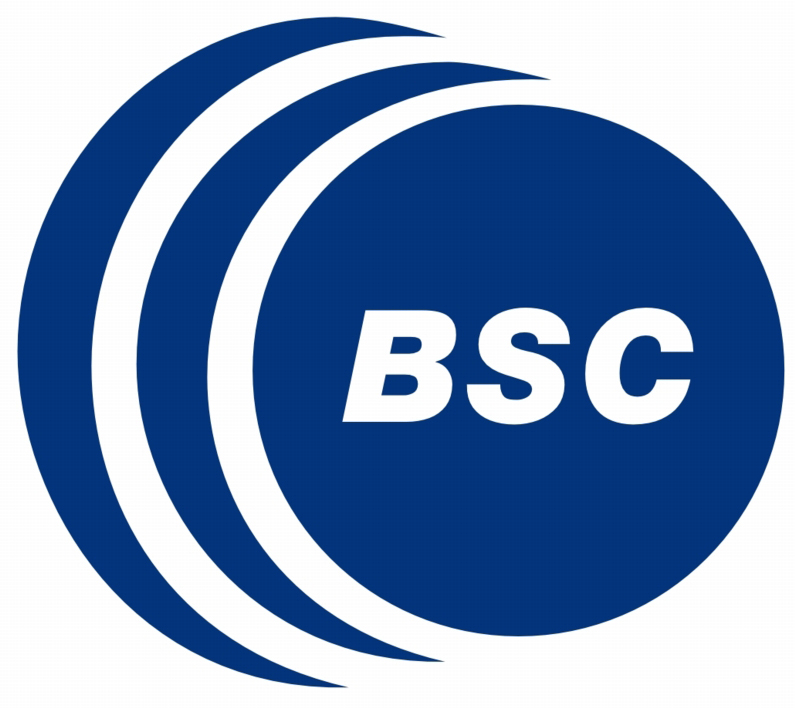
Understanding and prediction of new multicaloric materials by means of first-principles calculations.
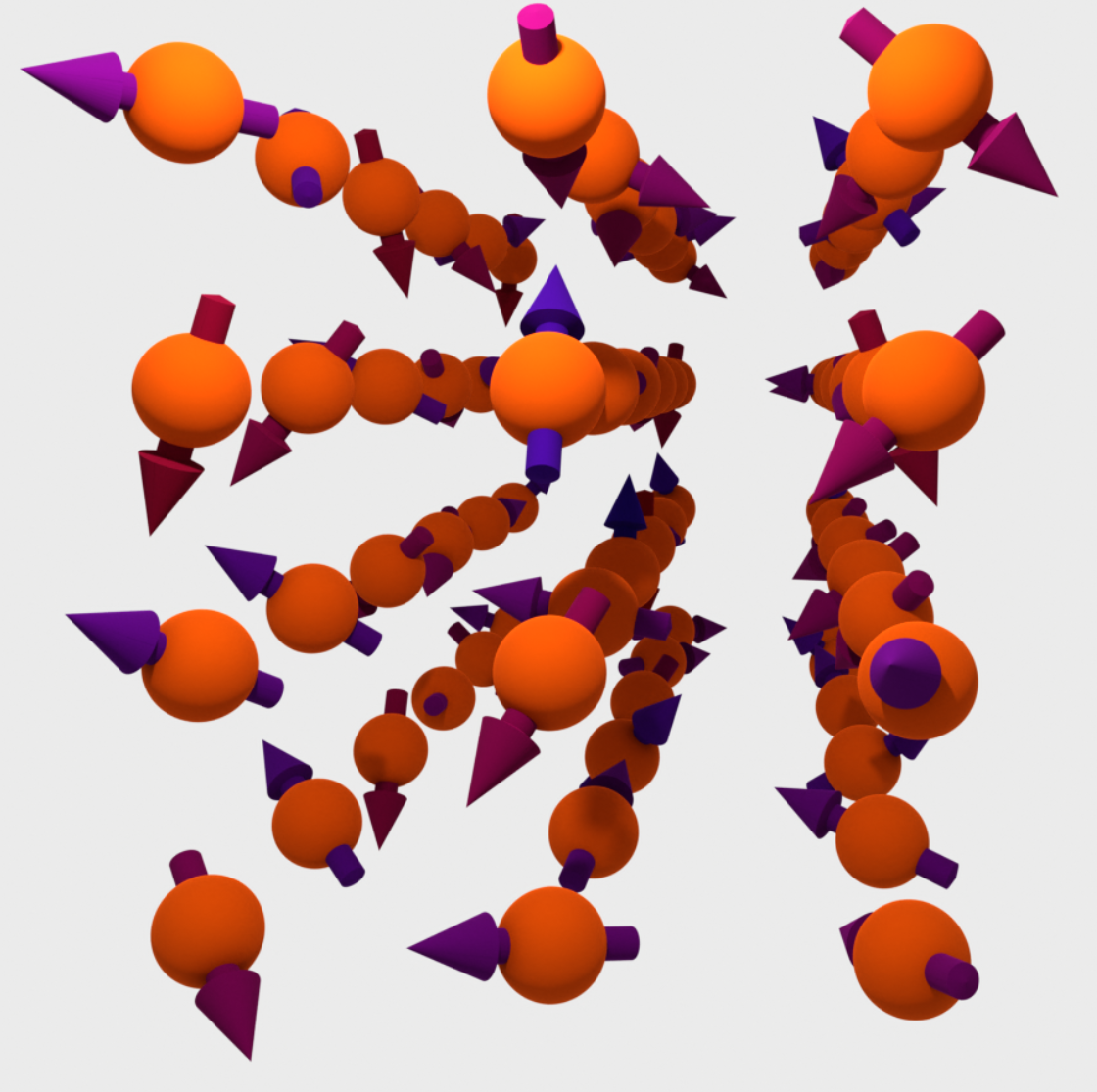
Development of a new computational tool that includes the effect of phonon on magnetism and caloric cooling.
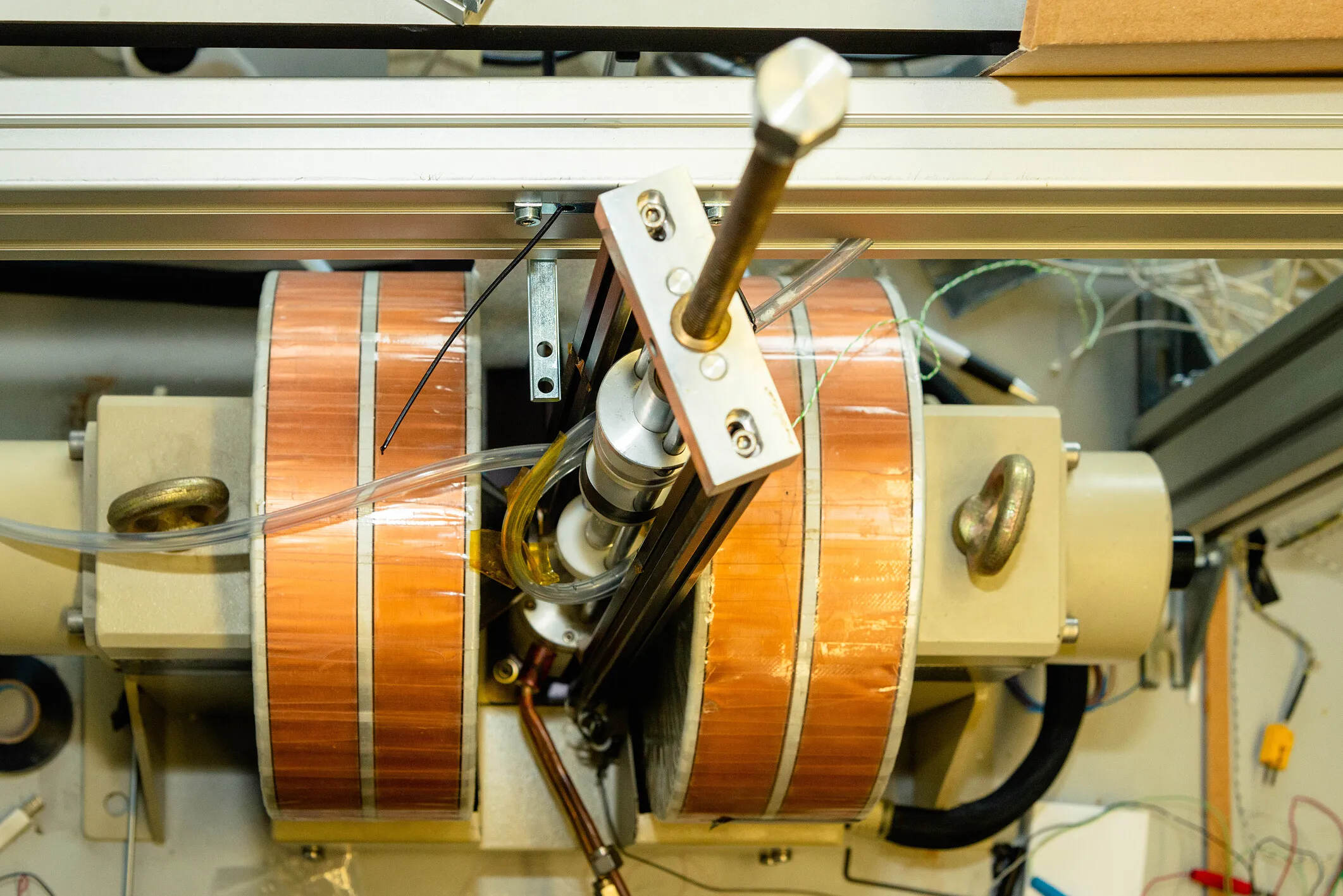
Creation of new multicaloric materials and their experimental study.
e.mendive.tapia@ub.edu
Project team

Eduardo Mendive Tapia
Principal Investigador

Eduard Vives Santa-Eulalia
Coordinator and Investigator

Lluis Mañosa Carrera
Investigator

Enric Stern Taulats
Investigator
Collaborations
- Julie B. Staunton (university of Warwick, UK)
- Christopher E. Patrick (university of Oxford, UK)
- David Boldrin (university of Glasgow, UK)
- Jörg Neugebauer (Max-Planck-Institut für Eisenforschung, Germany)
- Tilmann Hickel (Max-Planck-Institut für Eisenforschung, Germany)
Publications and highlights
Eduardo Mendive-Tapia, Christopher E. Patrick, Tilmann Hickel, Jörg Neugebauer, and Julie B. Staunton.
Quantification of electronic and magnetoelastic mechanisms of first-order magnetic phase transitions from first principles: application to caloric effects in La(FexSi1-x)13.
J. Phys. Energy 5, 034004 (2023)
